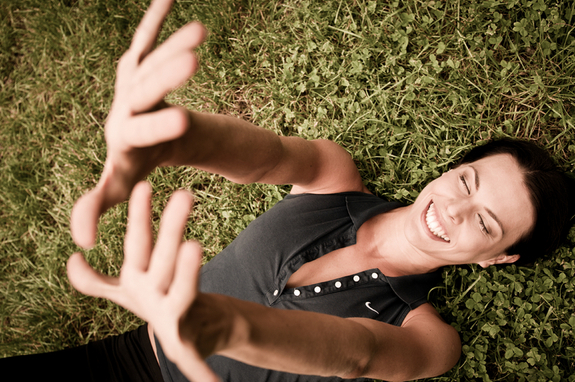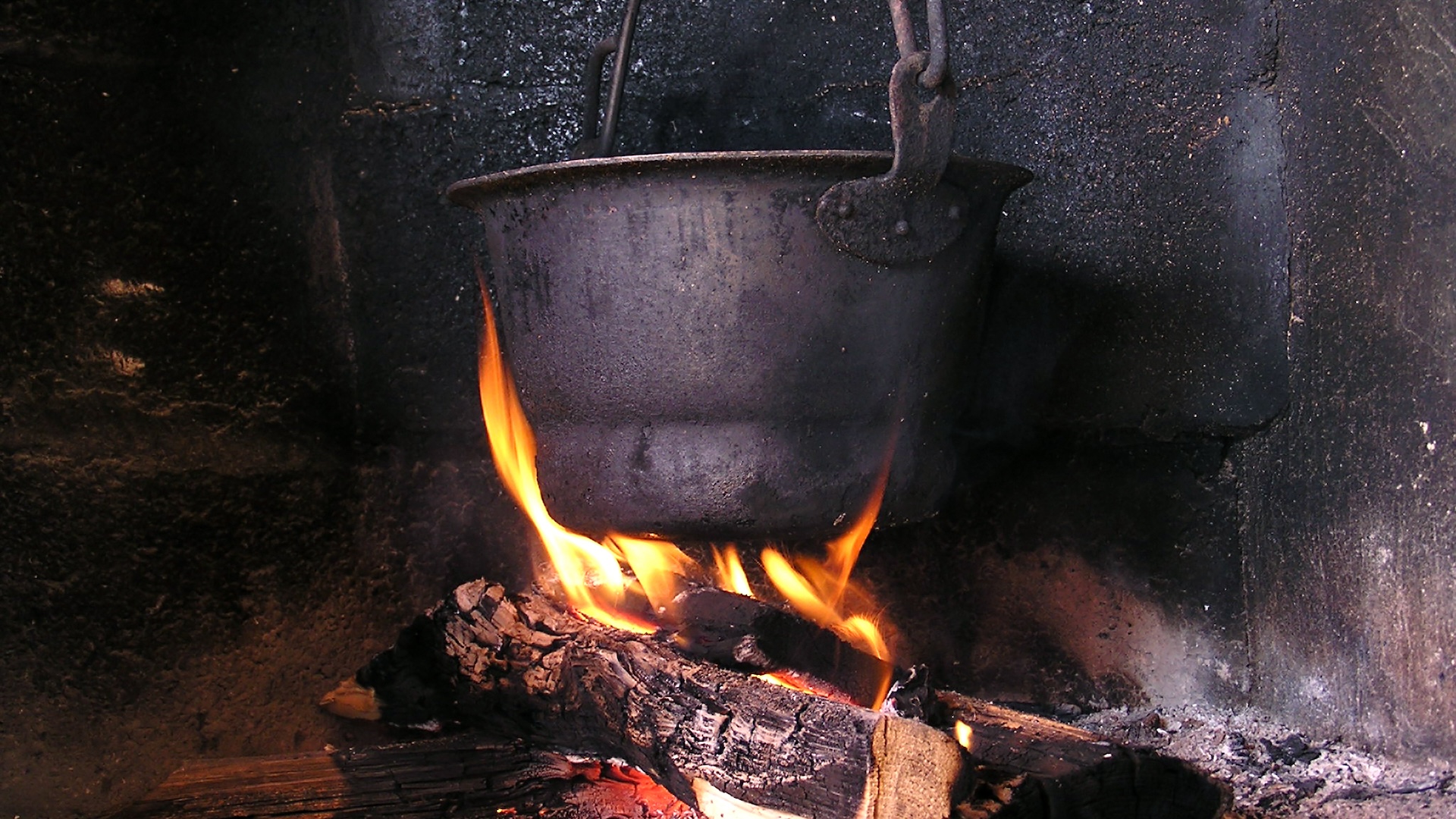Future Living: The Healthiest and Happiest US States Revealed

The happiest and healthiest state to live in the future may be Utah, according to a new Gallup poll that finds the Beehive State leads the nation in more than a dozen forward-looking metrics, such as intellectual curiosity, a healthy work environment and low smoking rates.
Rounding out the top five best U.S. states for future living are Minnesota, Colorado, Nebraska and North Dakota. Hawaii, considered the happiest state by 2011 Gallup scorecards, ranks in the top 10.
To assess the future livability of 50 U.S. states, Gallup officials conducted more than 530,000 interviews with U.S. adults from Jan. 2, 2011, through June 30, 2012, and including 13 metrics.
These metrics included: economic confidence; ease of finding clean water; healthy work environment (where supervisors treat workers like partners); availability of new learning opportunities; perceptions that your residence is "getting better"; evaluations of life five years from now; job creation; standard of living momentum; self-reported obesity rates; ease of finding a safe place to exercise; visits to the dentist; full-time employment; and smoking rates.
Each state received a ranking from 1 (best) to 50 (worst) across each of the 13 metrics. Then the composite rank for each state was based on an average of all 13 rankings for that state, with the highest score being 1.0 and the lowest 50.0.
Here are the top 10 states:
- Utah: 7.5
- Minnesota: 10.5
- Colorado: 12.8
- Nebraska: 13.7
- North Dakota: 14.5
- Virginia: 16.8
- Iowa: 17.5
- Hawaii: 17.5
- South Dakota: 18.1
- Maryland: 18.5
Bottom 10 states, with West Virginia coming in as the worst future state:
Sign up for the Live Science daily newsletter now
Get the world’s most fascinating discoveries delivered straight to your inbox.
- Delaware: 32.5
- Ohio: 32.7
- Louisiana: 33.3
- Alabama: 33.5
- Florida: 33.9
- Arkansas: 33.9
- Nevada: 34.5
- Kentucky: 36.7
- Mississippi: 37.8
- West Virginia: 43.3
[See full list of U.S. state rankings]
What put the Mountain State at the bottom of the list? It ranked last in the country for five measures: economic confidence, new learning opportunities, ease of finding a safe place to exercise, obesity and smoking.
Some states did stand out on one measure or another. For instance, Hawaii ranked highest for optimism in standard of living, while Minnesota was first in economic confidence and ease of finding a safe place to exercise. Alaska seems to be the best place for the intellectually curious, as it ranked first in learning something new on any given day. Colorado is the skinniest state regarding self-reported body mass indexes, and Utah showed the lowest smoking rates.
And despite scoring in the bottom-10 for eight of the metrics, Mississippians rated their lives in five years better than did residents of any other state.
"That's a strong current to swim upstream against, and yet Mississippians still show great resiliency in their optimism for their future lives," Dan Witters, research director of Gallup-Healthways Well-Being Index, told LiveScience. "This is an amazing finding to me."
Time will tell if these states are the best places to live in the future.
"Clearly, the future livability of any given state is not yet determined," Gallup officials said in a statement. "Leaders and residents alike have a keen opportunity right now to set the foundation for creating a place where people will want to live."
According to Gallup, leaders can focus on the measures that have the most impact on future health, well-being and economic outcomes of their states.
Follow LiveScience on Twitter @livescience. We're also on Facebook & Google+.
Jeanna Bryner is managing editor of Scientific American. Previously she was editor in chief of Live Science and, prior to that, an editor at Scholastic's Science World magazine. Bryner has an English degree from Salisbury University, a master's degree in biogeochemistry and environmental sciences from the University of Maryland and a graduate science journalism degree from New York University. She has worked as a biologist in Florida, where she monitored wetlands and did field surveys for endangered species, including the gorgeous Florida Scrub Jay. She also received an ocean sciences journalism fellowship from the Woods Hole Oceanographic Institution. She is a firm believer that science is for everyone and that just about everything can be viewed through the lens of science.










